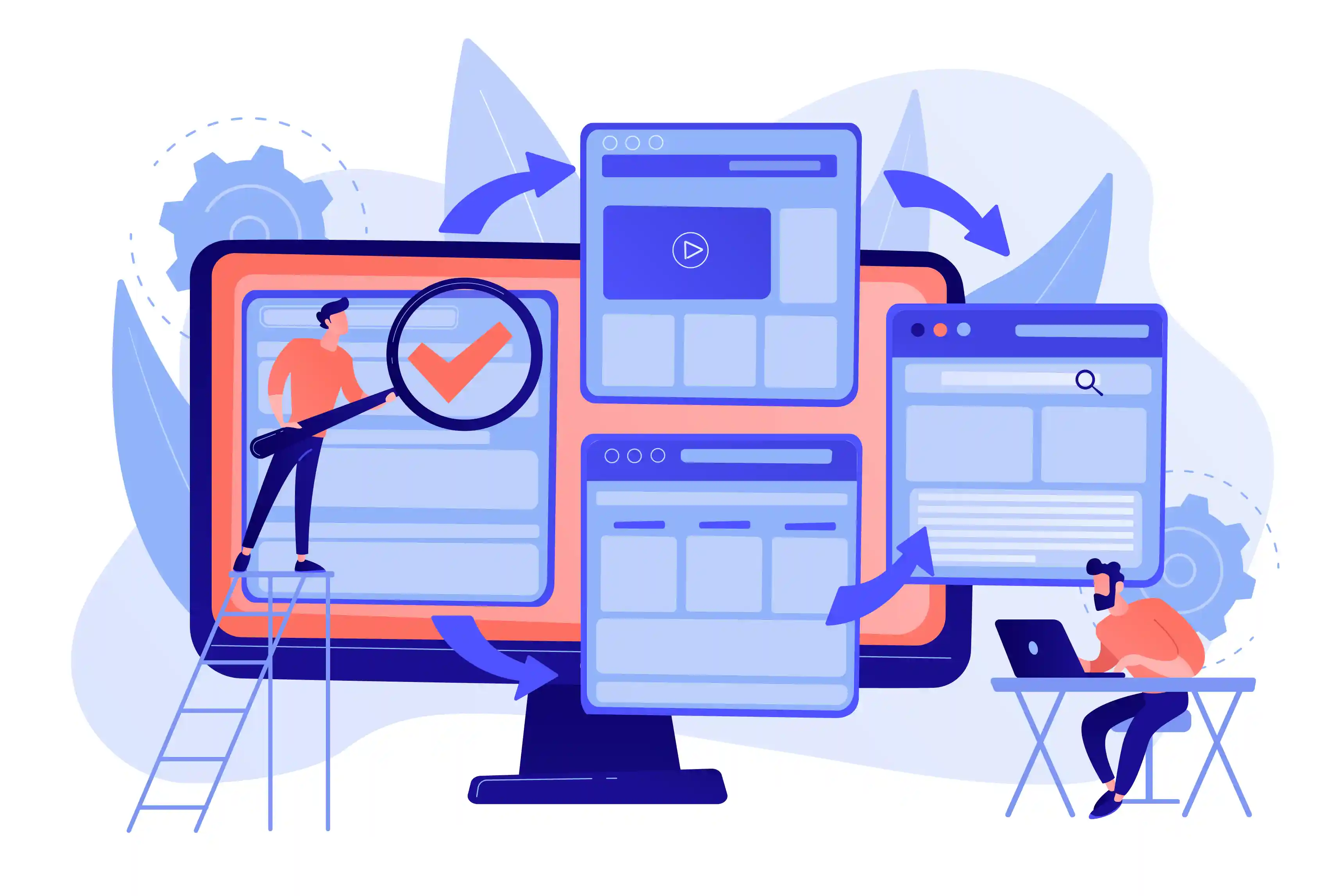Operating Systems
What are software operating systems ?
Software operating systems are one of the most important tools used in private companies' computers to carry out the functions of companies and institutions in a manner commensurate with the type of organization, its needs and requirements. They are special software systems that differ from applications due to their breadth and comprehensiveness, as they contain many applications and also differ from operating systems. General applications such as Windows are based on them and are specifically specialized to suit the user’s requirements, his field of work, and the nature of the tasks he performs, such as internal company operating systems and operating programs for restaurants and hotels.


The importance of software operating systems ?
Software operating systems are the most important components of the facility’s operational process and its beating heart. In the world of automation and speed, companies work to develop and improve their production effectiveness to raise the efficiency and speed of work, reduce the margin of error, and enable the information to be preserved smoothly and safely, away from damage. It also... It reduces the costs of the production process significantly as it organizes the work in a clear and simple way and makes it easy to learn and work on the work. Operational systems can facilitate the process of generating periodic reports and open the way, from a programming perspective, to the possibility of absolute development to adapt to changes, updates and improvements.

Some examples of operational systems functions :
- Customer service: It is based on customized interfaces to facilitate the process of following up on customers and potential customers, including calls, emails, and text messages, and adding alerts and reminders, so that it allows the possibility of creating accounts with names and all customer information within dedicated pages that suit the company’s service characteristics, so that it allows The ability to record all activities with the customer, including communication, services provided to him, and notes, which helps in managing customer databases with very high efficiency among work crews, while preserving customers’ privacy and information from theft and loss.
- Accounting: Accounting software has become inevitable and cannot be avoided for all types of institutions, including cashier systems. Adding accounting software to operational systems greatly facilitates accounting operations and opens up a greater and better possibility for calculating financial reports, and adds speed and accuracy to financial and operational decisions.
- Reservations: These are software interfaces that manage customer reservations in an organized manner in terms of available vacancies and available services within timetables, as is the case in the operating systems of hotels, tourism and travel companies, and even restaurants and cafes.
- Human Resources: It is the software that saves employee information, their hierarchical arrangement, and distributes salaries and tasks from an operational standpoint. It also calculates working hours and work schedules and provides room for receiving and saving employment applications, evaluating the performance of work crews, and evaluating files. Job applicants.
- Inventory: It is the software based on calculating inventory, inventorying it, entering it, removing damage, managing shipments, distribution, and all supply chain operations, with high efficiency that ensures the smooth operation of supply chains and the possibility of providing periodic and accurate reports.
- Analysis: It is the software that provides all types of analyzes based on the data available from all functions of the operating system, which helps management understand the facility’s performance and market variables, which contributes to decision-making, and the ability to access the most accurate and important information at any time.
- Management: This is the software that helps managers organize the entire operating system and fully manage the operational process by studying and analyzing all the organization’s data from all aspects, taking appropriate strategies, organizing tasks, distributing powers, and measuring the efficiency of the organization’s work in general.
How to work on operating systems :
Work on the operating system begins with identifying the nature of the facility’s work, its needs, and the tasks that the operating system is intended to perform.
Accordingly, the process of designing the system structure begins from an operational perspective in a consistent manner with the work mechanism, taking into account the stages of operation from A to Z in terms of time and space.
After setting the program structure based on the facility’s operating mechanism, a task plan is developed that will be added to the operational system, including basic applications and auxiliary applications, to complete the tasks consistently.
Next comes the programming stage, where work is done on the databases according to the operational structure, and then work is done on programming the operational system completely. While working on programming the operational system, work is done on designing its interfaces in a way that is easy and smooth to suit the employees of the facility so that it is easy for them to understand, learn and work on the operational system.
The operational system depends functionally on the organization’s objectives, its work mechanism, and the functions it performs.
It may contain an accounting system, a general administrative system, an inventory system, and many other applications and systems that may help facilitate and improve the facility’s performance. Therefore, the system depends Operational analysis mainly depends on the functions on which it will be based.
In terms of form and design, it depends mainly on its users to give them the greatest amount of ease and efficiency in performing their jobs.
After completing the internal programming process and creating interfaces and designs, a trial version of the system is released for the facility to test it and modify it, in addition to updating it if necessary for a period to be agreed upon until the operational system reaches the full launch stage so that it becomes ready to carry the facility’s operational burdens.
Carry out its functions as it should.
